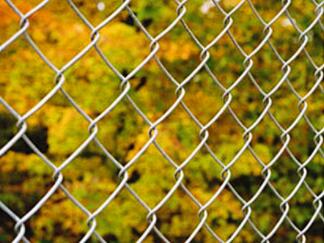The Essential Role of Corrugated Iron Nails in Construction
In the realm of construction and carpentry, a myriad of fasteners and hardware options stand available to builders and carpenters. Among these, corrugated iron nails often take a backseat in discussions about design and materials. However, their unique properties and practical applications render them crucial in a variety of construction scenarios, particularly in roofing and wooden structures. This article explores the characteristics, uses, advantages, and manufacturing processes of corrugated iron nails.
What are Corrugated Iron Nails?
Corrugated iron nails, often known simply as corrugated nails or roofing nails, are specialized fasteners designed to securely attach roofing materials, such as corrugated iron sheets, to wooden boards or frames. They are characterized by their unique shape, typically featuring a flat or slightly rounded head and a shaft with ridges or corrugations along its length. This design increases the nail's holding capacity and resistance to pull-out forces, making them ideal for applications where durability and stability are essential.
Characteristics and Design
The primary distinction of corrugated iron nails lies in their corrugated design. The ridges along the shaft create a greater surface area in contact with the wood, enhancing grip. Additionally, these nails are usually constructed from galvanized steel, which prevents rust and corrosion. This feature is particularly significant in outdoor applications or regions with high moisture levels, as corrugated iron roofing is commonly used to provide shelter in challenging weather conditions.
Another characteristic is the length of the nails. Corrugated iron nails are available in varying lengths to accommodate different thicknesses of materials and substrate types. By choosing the appropriate length, builders can ensure that the nail penetrates deeply enough to provide adequate holding power without damaging the underlying structure.
Applications in Construction
The primary application of corrugated iron nails is in the installation of corrugated iron roofing. This type of roofing is widely used in agricultural buildings, sheds, and homes due to its lightweight nature, affordability, and ease of installation. The unique design of corrugated iron sheets, with their waving patterns, allows for effective water drainage and contributes to the overall strength of the roof system.
In addition to roofing, corrugated nails can also be utilized in various woodworking projects. For instance, they can effectively secure wooden framing in structures like fences, outdoor decking, and patio covers. Their ability to resist pull-out forces makes them ideal for these applications where wood stress might occur.
corrugated iron nails

Advantages of Using Corrugated Iron Nails
1. Enhanced Grip The corrugated design improves the nail's grip in the substrate, reducing the risk of loosening over time due to environmental factors or structural movement.
2. Corrosion Resistance Galvanized steel ensures that these nails resist rust, making them suitable for outdoor use and prolonging the lifespan of the roof or wooden structure.
3. Ease of Installation Corrugated iron nails can be driven in quickly using a hammer or a nail gun, thereby speeding up the construction process.
4. Cost-Effectiveness Given their performance and durability, corrugated iron nails offer a cost-effective solution for builders looking to optimize their materials without sacrificing quality.
5. Versatility While primarily used for roofing, their applicability in woodworking allows for broader use in various construction projects.
Manufacturing Process
The manufacturing of corrugated iron nails involves several steps. Initially, steel wires are drawn to specific diameters. Subsequently, the wire is cut into designated lengths and then corrugated using specialized dies that create the unique ridge pattern. After shaping, nails are typically galvanized to provide corrosion resistance. Lastly, quality control inspections ensure that the nails meet safety and performance standards before packaging and distribution.
Conclusion
Although they may not always be front and center in discussions about construction materials, corrugated iron nails play an essential role in ensuring the integrity and longevity of structures that utilize corrugated iron roofing. Their unique design, combined with their durability and versatility, makes them a staple in the woodworking and building industries. Whether constructing a simple shed or embarking on more complex roofing projects, understanding the benefits and applications of corrugated iron nails can help builders and DIY enthusiasts make informed material choices.

















